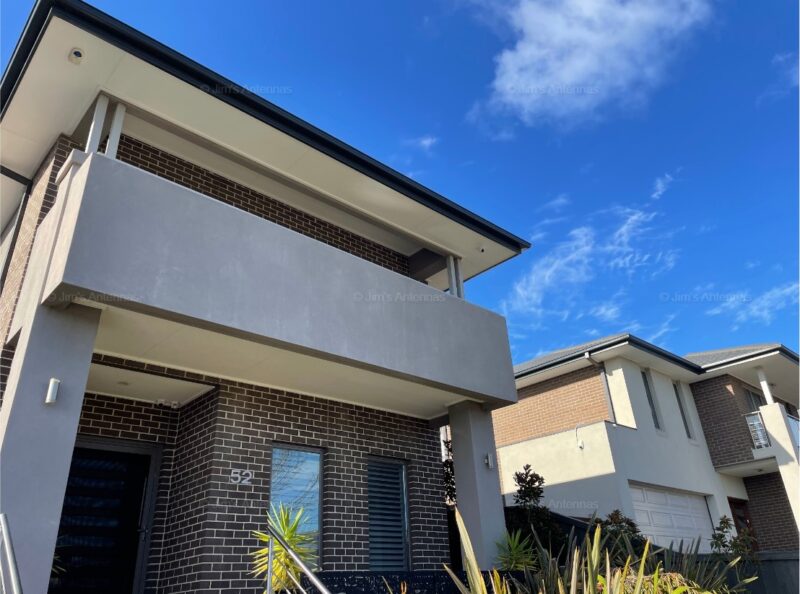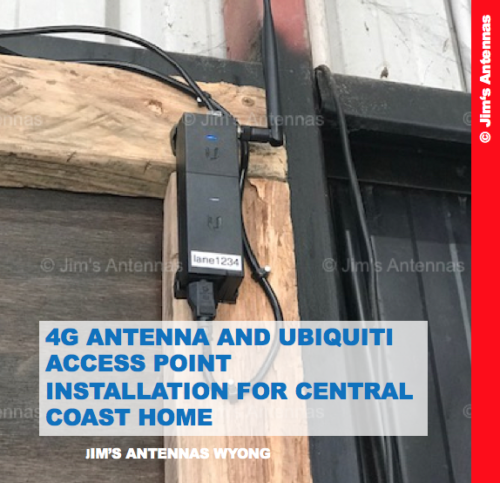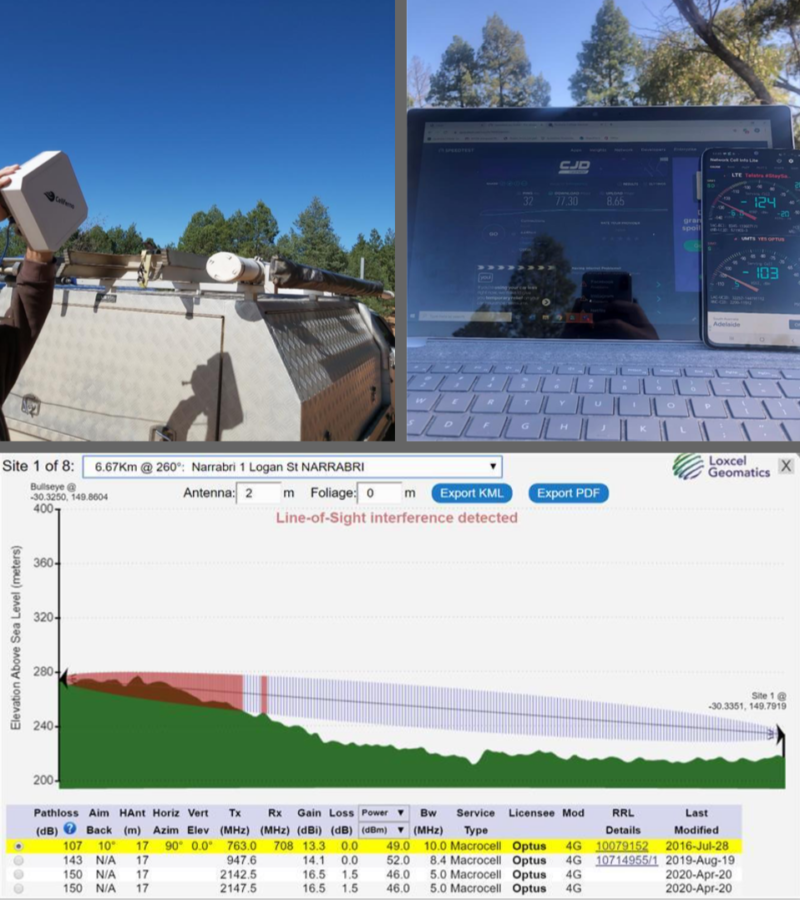NBN Demystified: Understanding FTTP, FTTN, and FTTC.
In the ever-evolving world of technology, staying connected has become an essential part of our daily lives. The National Broadband Network (NBN) is an initiative that aims to provide Australians with faster and more reliable internet connections. However, navigating through the technical jargon can be quite overwhelming, especially for those who aren’t tech-savvy. Let’s break down the key terms: FTTP, FTTN, and FTTC, in a simple and understandable way.
FTTP – Fibre to the Premises
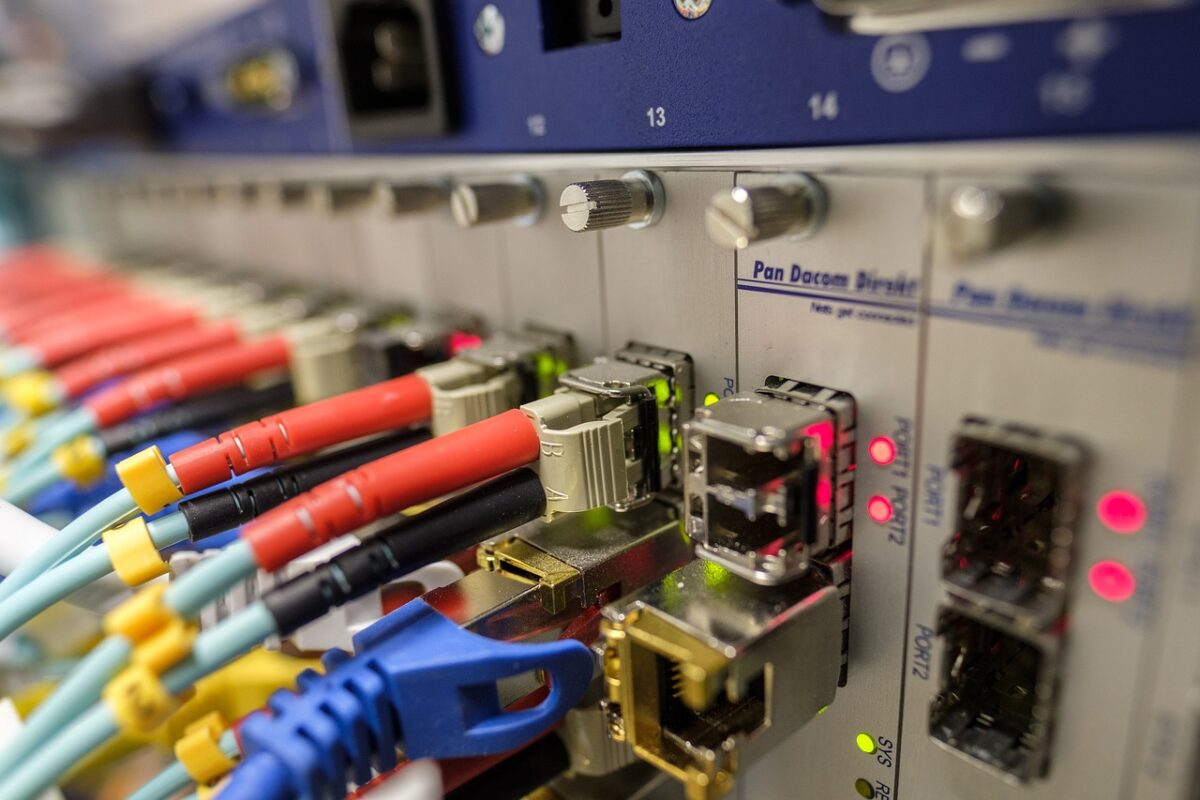
FTTP, or Fibre to the Premises, is like having a superhighway for your internet connection. With this technology, a fibre-optic cable is directly connected to your home. Fibre-optic cables are made of tiny strands of glass that transmit data using light signals. This results in lightning-fast internet speeds and consistent performance, even during peak usage time. FFTP is the gold standard of NBN connections, offering the best possible experience for streaming, gaming, and working from home.
FTTN – Fibre to the Node
FTTN, takes a slightly different approach. Here, a fibre-optic cable is connected to a ‘’node’’ in your neighborhood. From there, existing copper or coaxial cables run from the node to your property. This could result in slightly slower speeds compared to FTTP, especially if you are further away from the node.
FTTC – Fibre to the Curb
FTTC strikes a balance between FTTP and FTTN. In this setup, the fibre-optic cable extends to a distribution point called the ‘’curb’’ near your home. From there, a shorter length of copper cable connects to your premises. This technology offers faster speeds and better performance compared to FTTN, especially if you’re located closer to the curb.
In summary, the main difference between these technologies lies in how the fibre-optic cables are connected to your home. FTTP offers the fastest and most reliable connection, while FTTN and FTTC provide good alternatives for areas where full fibre connections might be challenging to implement.
As technology continues to advance, having a clear understanding of these terms will help you make informed decisions about your NBN connection. Remember, the type of connection available to you might vary based on your location. If you’re looking for professional assistance with NBN modem relocation or have questions about improving your internet experience, services like Jim’s Antennas can provide the expertise you need.
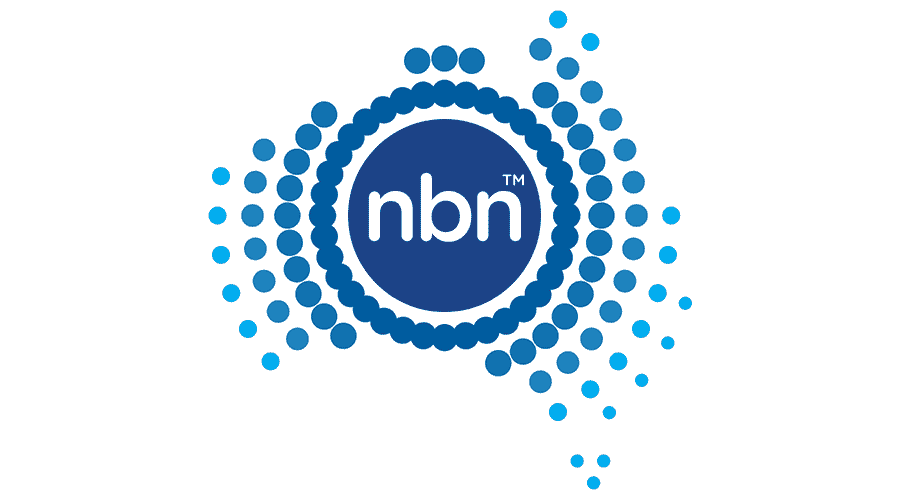
Knowledge is power, and now you’re equipped with the knowledge to make the best choices for your NBN connection. Stay connected and enjoy all the benefits the digital world has to offer! To find out more or to arrange a free onsite quote with your local Jim’s Antennas Franchise, call 131 546 or book here.
